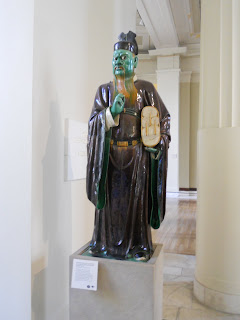De compras a Portobello St ;)
Y después, de paseo por Hyde Park
En el museo del arte...
En St. Paul's Cathedral
Qué bien se ve el Big Ben desde la noria!
Pero se ve mejor una vez estás alli :P
A coger el metro chicos! No os equivoquéis de parada!
National History Museum
Y una visita al estadio del Chelsea ;)
Picadilly Circus
La piedra Roseta
Momias de verdad! :O
Algo de cultura asiática ...





















































